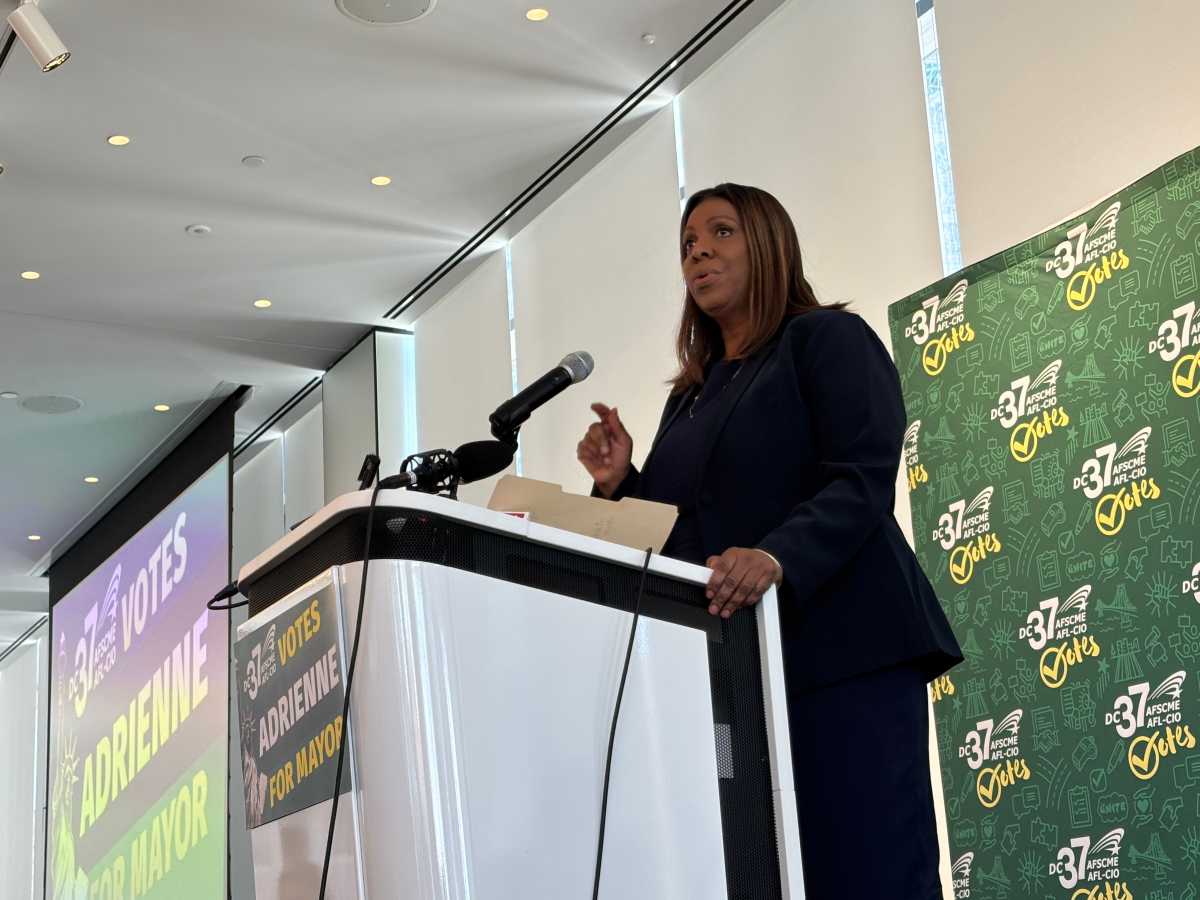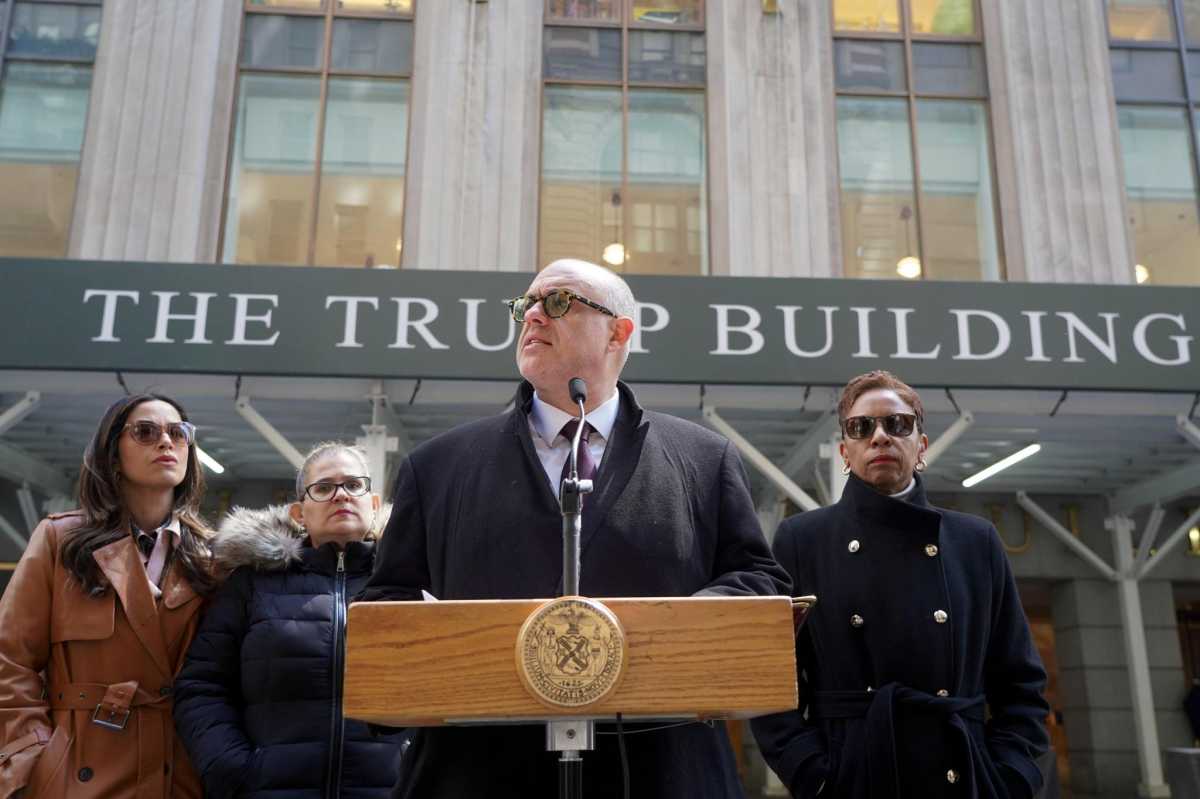An asbestos abatement project abutting a mixed-use development planned at the mouth of the Gowanus Canal is giving some local residents pause as they wonder what the future holds for the remainder of this massive, contaminated site.
For now, though, the men in white plastic suits have left the neighborhood.
Howard Bader, the owner of Manhattan-based environmental engineering consulting firm H.A. Bader Associates, said the asbestos clean-up at a warehouse at 455-459 Smith Street has already been completed.
He said his company, which monitored the air quality for the project’s duration, found the results unremarkable.
“There were no problems,” Bader said. “Everything tested fine.”
The warehouse sits on a five-acre property that could be subsumed by the Gowanus Green project, a $300 million project on an adjacent, formerly city-controlled 5.8-acre site, called Public Place, located at the corner of Smith and Fifth Streets. The project calls for the construction of 774 units of housing in nine buildings with heights reaching 12 stories.
Area resident Steven Miller said he knew nothing of the clean-up beforehand, except when he noticed workers in protective coveralls on the building’s roof.
“This is a perfect example of how the community is not being made aware of what is really happening at Public Place,” he said.
Coalition for Respectful Development (CORD) member Triada Samaras said that what she saw of the work was enough to give her pause. “When it comes to asbestos, I get extremely concerned because of the hazards to your health,” she said. “The community should have been well aware of what was happening.”
Exposure to asbestos, a material used as insulation, can cause a variety of diseases, including cancer.
Miller, a member of CORD, said he is not against change, or new buildings, for that matter. “But it should be development that meets the needs of the community,” he said.
Craig Hammerman, the district manager of Community Board 6, said the asbestos work did not appear to be done “willy-nilly.”
He said workers obtained all the required permits to perform the work.
“It looks like it was on the up and up,” he added.
That sentiment was echoed by City Councilmember Bill de Blasio, whose office sent out letters earlier in the week to local residents informing them about the asbestos removal.
Meanwhile, local resident and CORD member Rita Miller said she only found out about the clean-up from an e-mail from someone “who happened to notice what was going on.”
While the warehouse is scheduled for demolition, there have been no applications filed yet with the Department of Buildings to perform demolition work at the site, agency spokesperson Caroline Sullivan said.
“Buildings did receive a complaint this past Saturday that demolition work was being performed without a permit. The site was inspected the same day and Buildings inspectors did not observe that any demolition work being performed,” Sullivan said.
The warehouse owner, listed as Vichar, Inc., according to city records, could not be reached at press time.
If the warehouse property is purchased, the project could be significantly larger—perhaps an additional 500 units of housing—than first presented.
“Let’s start having a real dialogue now instead of clandestine asbestos abatement,” Steven Miller said.
“There is a public park across the street from the site. I take my child there,” he continued. “At this point, we deserve to know what the plan is,” he said.
“This warehouse site will eventually, somehow be incorporated into the whole thing, which would double the size of the development,” said Rita Miller, no relation to Steven Miller.
Michael Wadman, a principal with Hudson Affordable Housing, an affiliate of Hudson Companies Inc, a member of the Gowanus Green development group, said discussions with the property owner are ongoing. “We haven’t reached a decision with the owner,” he said.
The site was once home to a manufactured gas plant. Before any construction there may proceed, it must be cleaned of the contaminants found lurking beneath the soil. The state-supervised clean-up, conducted by National Grid, could be completed in two years.



















